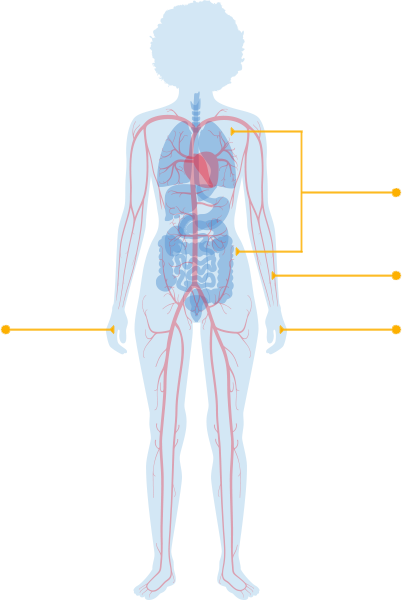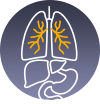Defining Scleroderma
Systemic sclerosis, a condition also known as scleroderma, affects the skin, blood vessels, and major organs.
Types of Scleroderma
There are 2 main types of scleroderma:
gastrointestinal tract,
heart, lungs, kidneys

Localized scleroderma
mainly affects:
Skin
Systemic sclerosis
affects:
Major organs:
gastrointestinal tract,
heart, lungs, kidneys
Blood vessels
Skin

More Than a Skin Condition
●Scleroderma is not just a skin condition.
It can also cause serious lung problems
such
as pulmonary arterial hypertension,
or
PAH for short
●PAH is one of the most common lung
conditions for people with scleroderma
A Connective Tissue Disease
Scleroderma is one of several connective tissue diseases. It can impact your:






arthritis
tissue disease
(Also called systemic
lupus erythematosus)
Get Screened for PAH
Screening tests can find signs of PAH that you may not be able to feel.
Read more